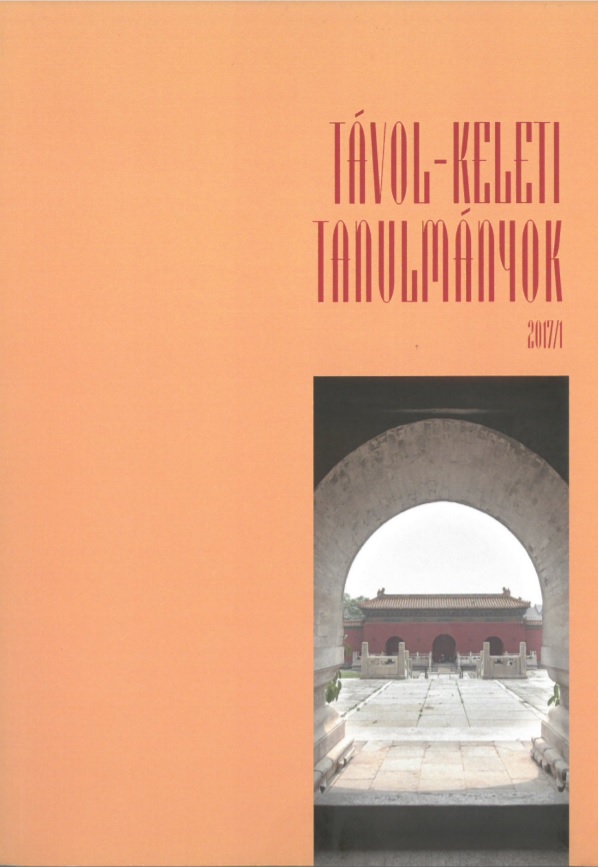Published 2018-03-01
How to Cite
Copyright (c) 2018 the author(s)

This work is licensed under a Creative Commons Attribution-NonCommercial 4.0 International License.
Abstract
In the framework of the research cooperation agreement between the APSARA and the Hungarian Southeast Asia Research Institute, more archaeological surveys targeted the building complex of Prasat Krachap temple and its close environment in Koh Ker (Cambodia) between 2011 and 2015. These investigations revealed new and significant information concerning the architectural character and quality of the building complex as a part
of the special environmental structure of Koh Ker, the former royal center. The general conclusion of last years’ investigations is that the results from LIDAR surveys of the area basically modify the general picture about Koh
Ker. The LIDAR data provide an improved framework both for the interpretation of the previous results and the planning of future research as regards the settlement history of Koh Ker. Thus, the important site must be interpreted as a specific network habitation area. The previous surveys focused on the distinctive elements of this system, such as individual temples and visible architectural structures, but the areas between the main foci (including settlements and industry) remained unknown. Accordingly, the complex web of communication channels (streets, hydraulic systems) and the structures surrounding the temples (housing, industry) were not explored. However, these aspects can provide important information when interpreting the development and function of Koh Ker. These fundamental details hopefully contribute to the understanding of the extent and character of human intervention to the natural environment, and delineate the development and occupation of the site.
